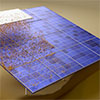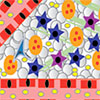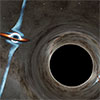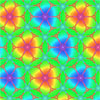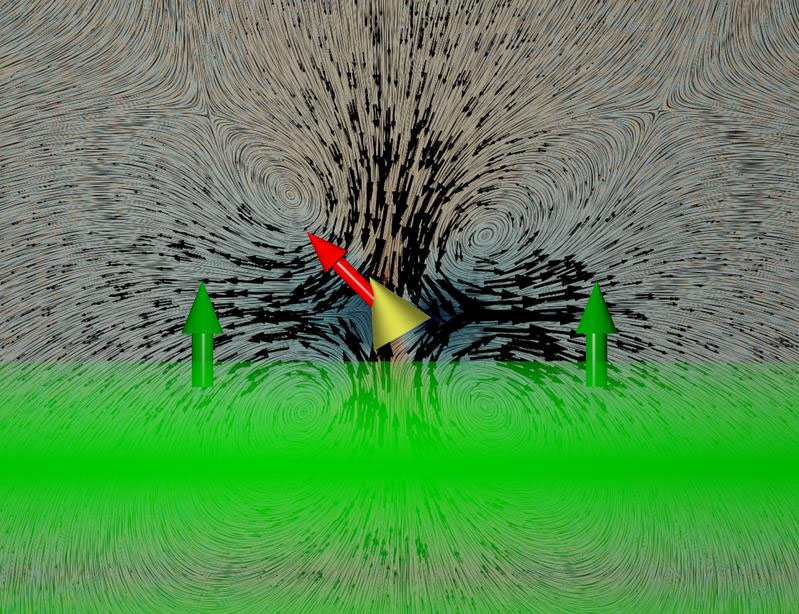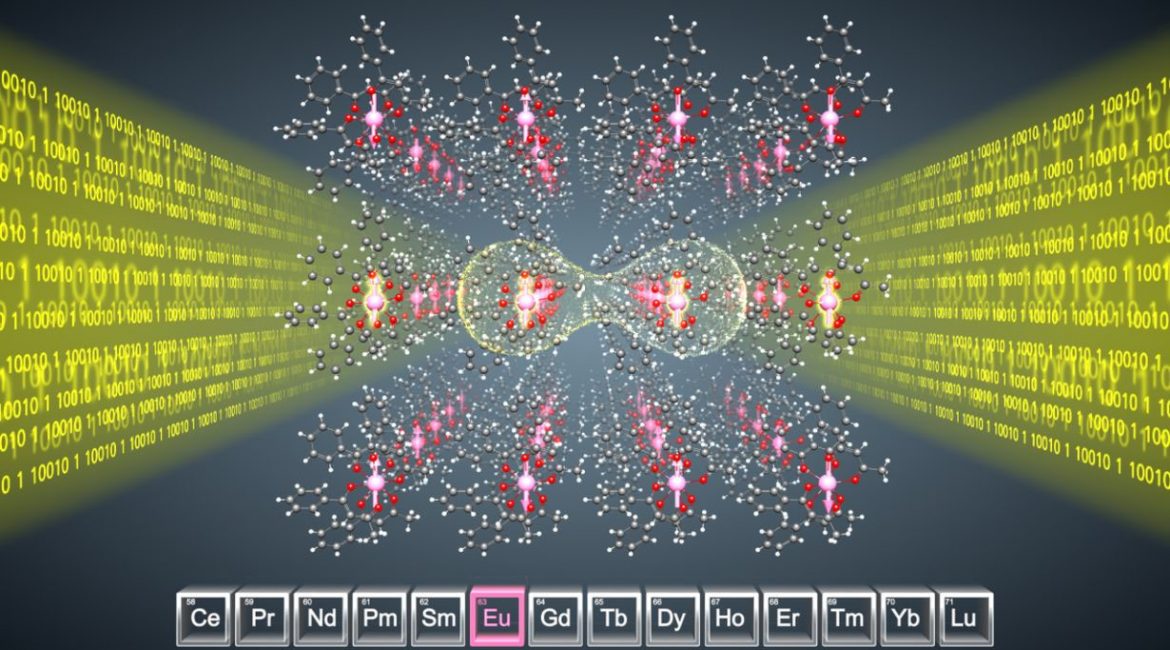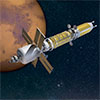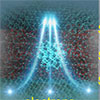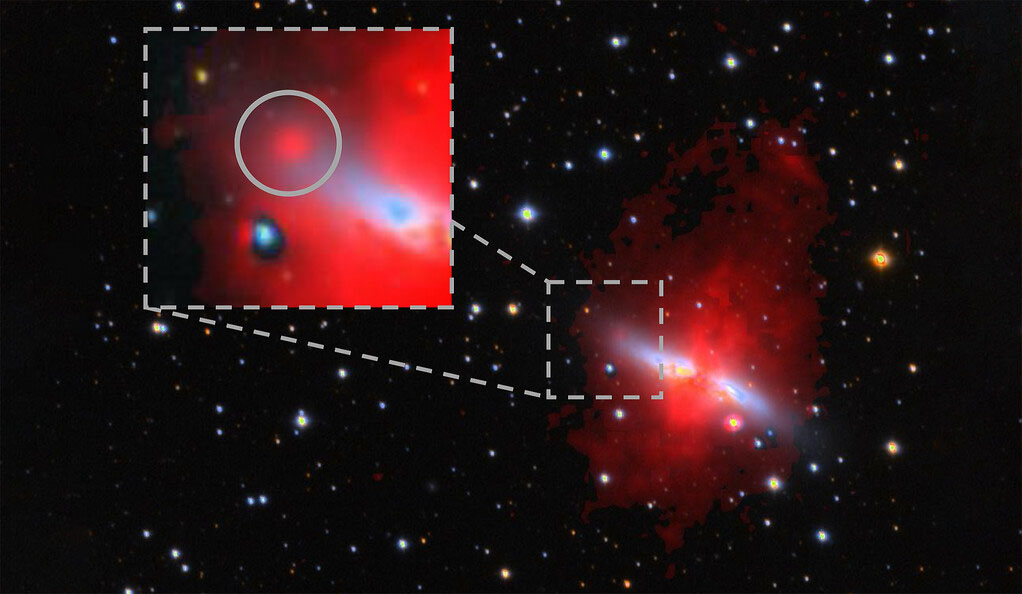Mar 11, 2022 (Nanowerk News) Solar power is expected to reach 10 percent of global power generation by the year 2030, and much of that is likely to be located in desert areas, where sunlight is abundant. But the accumulation of dust on solar panels or mirrors is already a...
Lower, more frequent doses of nanomedicines may enhance cancer treatment
Mar 11, 2022 (Nanowerk News) Nanoparticles can be used to carry substances to certain parts of the body—for example, to deliver a chemotherapy drug to a tumor. Although such nanomedicine offered hope for improving cancer therapeutics, the survival benefits of clinically approved nanomedicines are often modest when compared with conventional...
Scientists announce discovery of supermassive binary black holes
Mar 11, 2022 (Nanowerk News) A team of researchers from Purdue University and other institutions have discovered a supermassive black hole binary system, one of only two known such systems (Astrophysical Journal Letters, "The Unanticipated Phenomenology of the Blazar PKS 2131–021: A Unique Supermassive Black Hole Binary Candidate"). The two...
On the hunt for ultra-thin materials using data mining
Mar 11, 2022 (Nanowerk News) Two-dimensional (2D) materials possess extraordinary properties. They usually consist of atomic layers that are only a few nanometers thick and are particularly good at conducting heat and electricity, for instance. To the astonishment of many scientists, it recently became known that 2D materials can also...
Acoustic propulsion of nanomachines depends on their orientation
Mar 11, 2022 (Nanowerk News) Microscopically tiny nanomachines which move like submarines with their own propulsion – for example in the human body, where they transport active agents and release them at a target: What sounds like science fiction has, over the past 20 years, become an ever more rapidly...
Quantum information: Light from rare-earth molecules
Mar 11, 2022 (Nanowerk News) Light can be used to distribute quantum information rapidly, efficiently, and in a secure, tap-proof manner. Researchers of Karlsruhe Institute of Technology (KIT), Strasbourg University, Chimie ParisTech and the French national research center CNRS have now achieved major progress in the development of materials for...
‘Bubble-through’ nuclear engine might be a future NASA workhorse
Mar 11, 2022 (Nanowerk News) A cutting-edge nuclear thermal propulsion (NTP) rocket engine using what’s called centrifugal liquid fuel bubble-through could one day be a ticket for NASA to go directly into deep space. Under an NTP research contract for the Space Nuclear Propulsion Project Office at NASA’s Marshall Space...
Novel electrical component improves stability of solar cells
Mar 11, 2022 (Nanowerk News) In the future, decarbonized societies that use internet of things (IoT) devices will become commonplace. But to achieve this, we need to first realize highly efficient and stable sources of renewable energy. Solar cells are considered a promising option, but their electrical contacts suffer from...
The new, improved Dragonfly is a galactic gas detector
Mar 10, 2022 (Nanowerk News) The Dragonfly telescope is undergoing a metamorphosis. For the past decade, the Dragonfly Telephoto Array — designed by Yale’s Pieter van Dokkum and the University of Toronto’s Roberto Abraham and located in New Mexico — has conducted groundbreaking science by detecting faint starlight within dimly...
Converting plastic waste into porous carbon for capturing carbon dioxide
Mar 10, 2022 (Nanowerk News) Besides climate change, which is mostly the result of our carbon dioxide (CO2) emissions, plastic pollution stands as one of the most critical environmental concerns of this decade. The sheer quantity of discarded and misplaced plastic is dealing irreparable damage to Earth’s ecosystems, affecting our...

